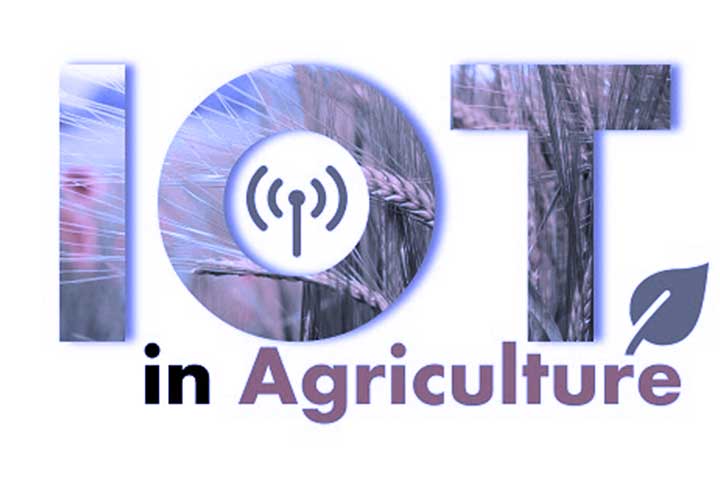IoT In Agriculture: Technology For Smart Crops

Why will the IoT be so important in the agriculture of the future? Discover the importance of smart crops.
Imagine that you could know in real-time the soil’s humidity, the plants’ state, and the ambient temperature. Now imagine that all that data is available on your mobile phone or tablet. Well, this is already possible thanks to the application of IoT to agriculture. The implementation of smart devices in the field allows total control over the crops, which significantly improves yields.
The IoT in Agriculture is a reality that is changing how food is produced. Thanks to smart devices and sensors, processes are automated, optimizing resources and reducing expenses. Profitability and production are benefited from new technologies.
Technology on the rise
The Internet of things (Internet of things) has been one of the disruptive technologies for years. Its impact has been felt in all sectors, from industry to the home. The agricultural sector is no exception and increasingly uses IoT solutions to achieve greater efficiency and productivity.
The application of IoT to agriculture represents a change in how crops work, intending to automate processes, optimize resources, reduce costs, and increase profitability.
Smart crops
IoT-based solutions allow farmers to have real-time information on the status of their crops. Through the installation of sensors in the field, data is collected on soil moisture, the state of the plants, and the ambient temperature, among other parameters. This information is transmitted wirelessly to a central device where it can be analyzed.
This way, farmers can control their crops and take the necessary measures to improve yields. For example, irrigation can be activated automatically if soil moisture is low.
Application of smart devices in crops
Once we have seen the potential, let’s move on to the applications. The most common are automatic irrigation systems, precision agriculture, and yield control.
Automatic irrigation is one of the most used applications in IoT agriculture. By installing sensors in the field, farmers can know the exact status of their crops and activate irrigation only when necessary. In this way, water consumption is reduced, a very important factor given the current drought situation in many parts of the world.
Precision agriculture is another application that has been gaining ground in recent years. It uses sensors and smart devices to collect data on the crops (yield, quality, etc.) and the environment (type of soil, temperature, humidity, etc.). This information is used to develop a model that allows farmers to predict the behaviour of crops and take preventive measures.
Finally, performance monitoring is another increasingly common application. Through the installation of sensors in the field, data is collected on the evolution of the crops. This information is used to improve production planning and optimize resources.
The advantages of IoT in agriculture
The main advantages of IoT in agriculture are:
- Improved decision-making thanks to the availability of information in real-time
- Greater efficiency in the use of inputs (water, fertilizers, which reduces costs
- Greater control over the production process
- Higher performance and productivity
The challenges of IoT in agriculture
Despite the many benefits that new technologies offer, some challenges still need to be addressed. One of the main challenges is the lack of standardization. Many companies offer different solutions, and it isn’t easy to find a common language.
Another challenge is the high cost of investment. The purchase and installation of sensors and the development of software and platforms require a significant initial investment.
Also to be addressed is the lack of trained staff. Training farmers in the use and maintenance of new devices is necessary.
But the application of IoT to agriculture is becoming more and more widespread. New technologies are being developed, and costs are falling. The primary sector is benefiting from the many advantages offered by new technologies.
The IoT in agriculture is a reality changing how food is produced. The future of agriculture is increasingly connected.
In conclusion, the IoT in agriculture is a technology with many potentials. It can help farmers optimize resources, reduce costs and increase yields. However, some challenges still need to be addressed, such as the lack of standardization and the high cost of investment. Despite these challenges, the future of agriculture lies in the digitization and digital transformation of the sector, and the IoT is one of these lines.
Also Read: Specific IoT Applications In SMES
